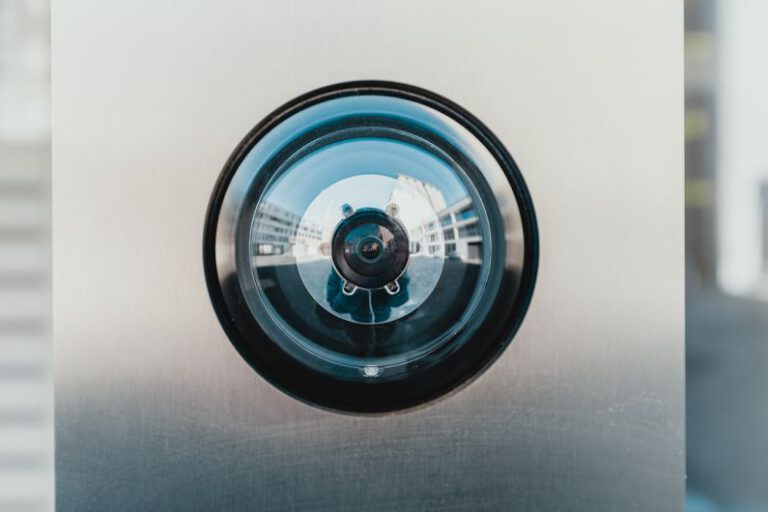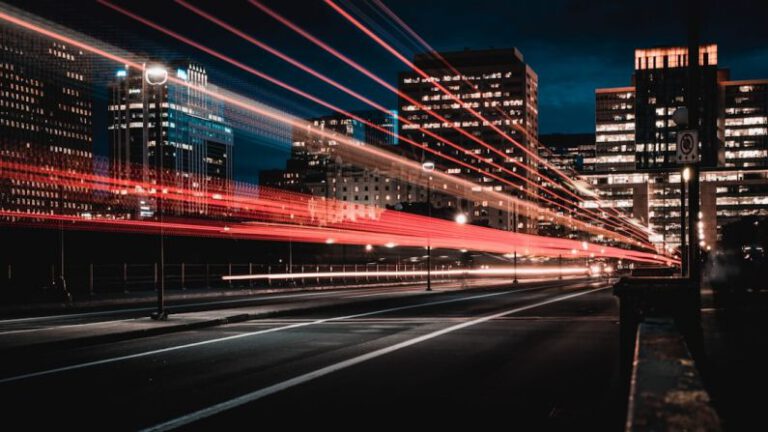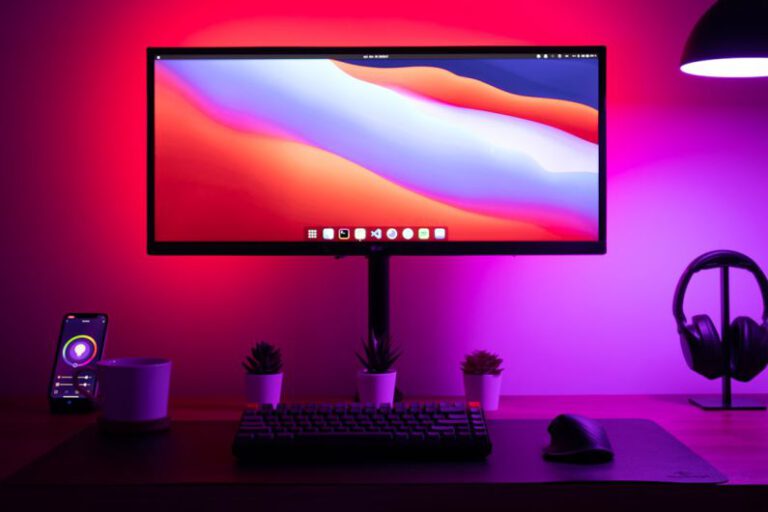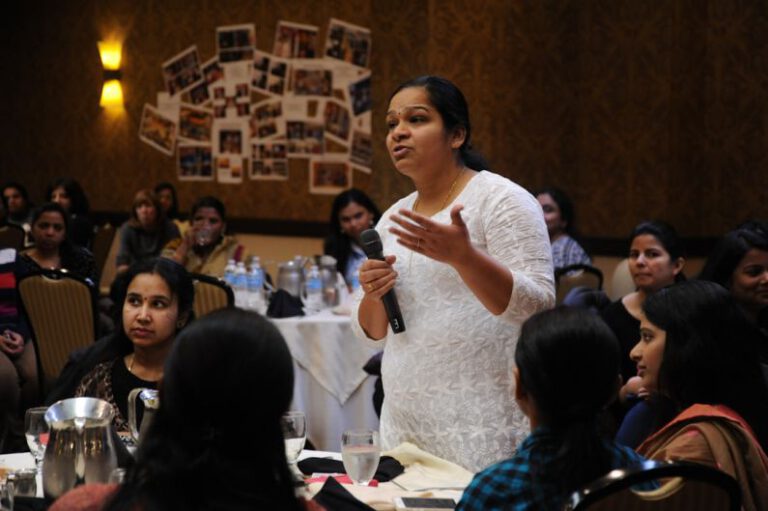How Can Iot Help Urban Planning?
Urban planning is a complex and dynamic field that plays a crucial role in shaping the cities of tomorrow. With the rapid advancement of technology, the Internet of Things (IoT) has emerged as a powerful tool that can revolutionize the way urban planners design and manage cities. By integrating IoT solutions into urban planning processes, cities can become more efficient, sustainable, and responsive to the needs of their residents. In this article, we will explore how IoT can help urban planning in various ways, from optimizing traffic flow to improving public safety and enhancing overall quality of life in urban areas.
Enhancing Infrastructure Management
One of the key ways in which IoT can help urban planning is by enhancing the management of city infrastructure. By deploying sensors and connected devices throughout the city, urban planners can collect real-time data on various aspects of urban infrastructure, such as traffic flow, energy consumption, waste management, and water usage. This data can then be analyzed to identify inefficiencies, predict maintenance needs, and optimize the use of resources. For example, IoT-enabled smart lighting systems can adjust brightness levels based on real-time data, reducing energy consumption and light pollution.
Improving Traffic Management
Traffic congestion is a major challenge in urban areas, leading to wasted time, increased pollution, and decreased quality of life for residents. IoT technology can help address this issue by providing real-time traffic data that can be used to optimize traffic flow, reduce congestion, and improve road safety. Smart traffic lights that adjust their timing based on traffic conditions, connected vehicles that communicate with each other to prevent accidents, and smart parking systems that guide drivers to available parking spots are just a few examples of how IoT can revolutionize urban traffic management.
Enhancing Public Safety
Ensuring the safety and security of residents is a top priority for urban planners. IoT technology can play a critical role in enhancing public safety by providing real-time monitoring and response capabilities. For instance, smart surveillance cameras equipped with facial recognition technology can help law enforcement agencies identify and apprehend criminals more effectively. IoT-enabled public safety systems can also alert authorities in case of emergencies, such as fires, natural disasters, or terrorist attacks, enabling faster response times and better coordination of resources.
Promoting Sustainability
Sustainability is a key consideration in modern urban planning, as cities strive to reduce their environmental impact and adapt to the challenges of climate change. IoT technology can help cities become more sustainable by enabling better monitoring and management of resources, such as energy, water, and waste. Smart meters that track energy consumption in real-time, smart irrigation systems that optimize water usage based on weather conditions, and waste management systems that optimize collection routes are just a few examples of how IoT can promote sustainability in urban areas.
Fostering Community Engagement
Community engagement is essential for successful urban planning initiatives, as residents play a crucial role in shaping the future of their cities. IoT technology can help foster community engagement by providing residents with access to real-time data and information about their city. For example, interactive maps that show air quality levels, noise levels, and other environmental data can empower residents to make informed decisions about their daily activities. IoT-enabled community platforms can also facilitate communication between residents and city officials, enabling greater transparency and collaboration in the urban planning process.
In conclusion, the Internet of Things has the potential to revolutionize urban planning by enhancing infrastructure management, improving traffic management, enhancing public safety, promoting sustainability, and fostering community engagement. By harnessing the power of IoT technology, cities can become more efficient, sustainable, and livable for their residents. As urban areas continue to grow and evolve, integrating IoT solutions into urban planning processes will be essential to creating smart, resilient, and inclusive cities for the future.






